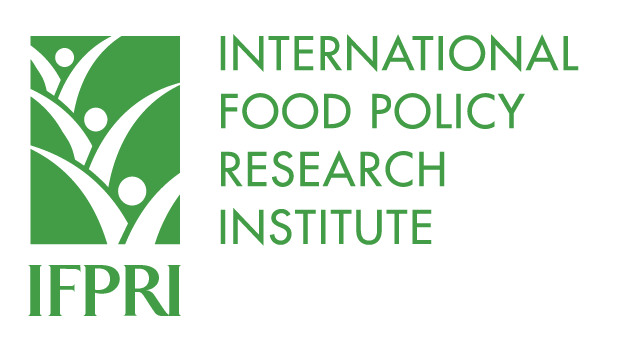Model: Impacts of the COVID-19-driven rise in global rice prices on consumers in Papua New Guinea
- From
-
Published on
20.05.21
- Impact Area
-
Funders
Australia, United States of America

BY EMILY SCHMIDT AND PAUL DOROSH
In general, the COVID-19 pandemic has had only modest impacts on food availability but greater consequences for food affordability. During the food price crisis of 2007-8, rice prices increased dramatically in rice-importing countries such as Papua New Guinea (PNG) when rice-exporting countries imposed export bans. In this post, Emily Schmidt and Paul Dorosh model different rice supply and demand scenarios for rural and urban households in PNG during the pandemic, finding a smaller affordability effect than the previous crisis—but that household income losses have compounded more modest price increases. They propose actions to increase the security of food staples for households during crises without distorting food markets and trade over the longer term.—John McDermott, series co-editor and Director, CGIAR Research Program on Agriculture for Nutrition and Health (A4NH).![]()
Photo credit: Glen Hayoge
Related news
-

KOICA, UPLB, IRRI Partnership Establishes a Genomic Powerhouse to Future-Proof Agriculture
International Rice Research Institute (IRRI)01.07.25-
Food security
LOS BAÑOS, Philippines (26 June 2026) — KOICA, UPLB, and IRRI came together to showcase…
Read more -
-

A Quest for Market- and Farmer-Aligned Rice Varieties in Mozambique
International Rice Research Institute (IRRI)01.07.25-
Food security
Quelimane, Mozambique (11 June 2025) — Mozambique is taking steps toward a more market-responsive …
Read more -
-

Sudan’s prolonged conflict could slash GDP by over 40% and push millions deeper into poverty, new IFPRI study warns
International Food Policy Research Institute (IFPRI)30.06.25-
Food security
Press Release - June 30, 2025 A new study by researchers at the International Food Policy Research…
Read more -
